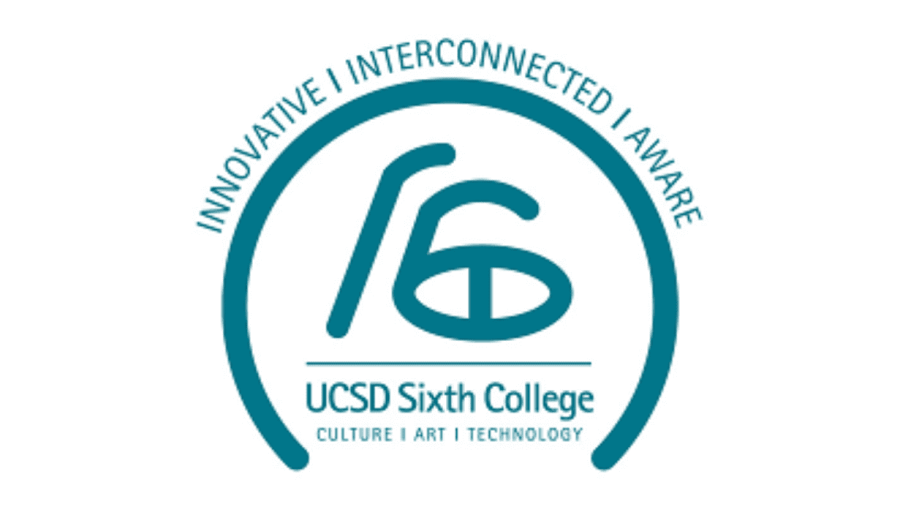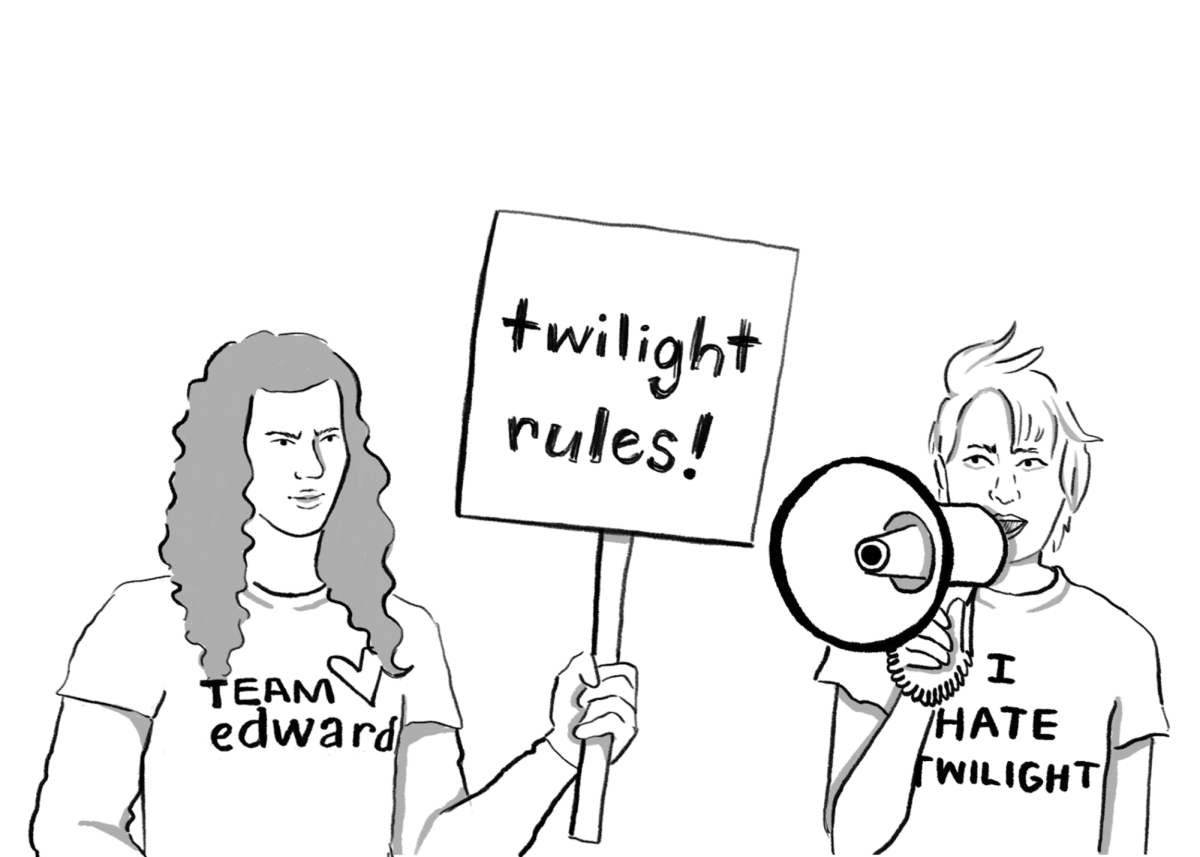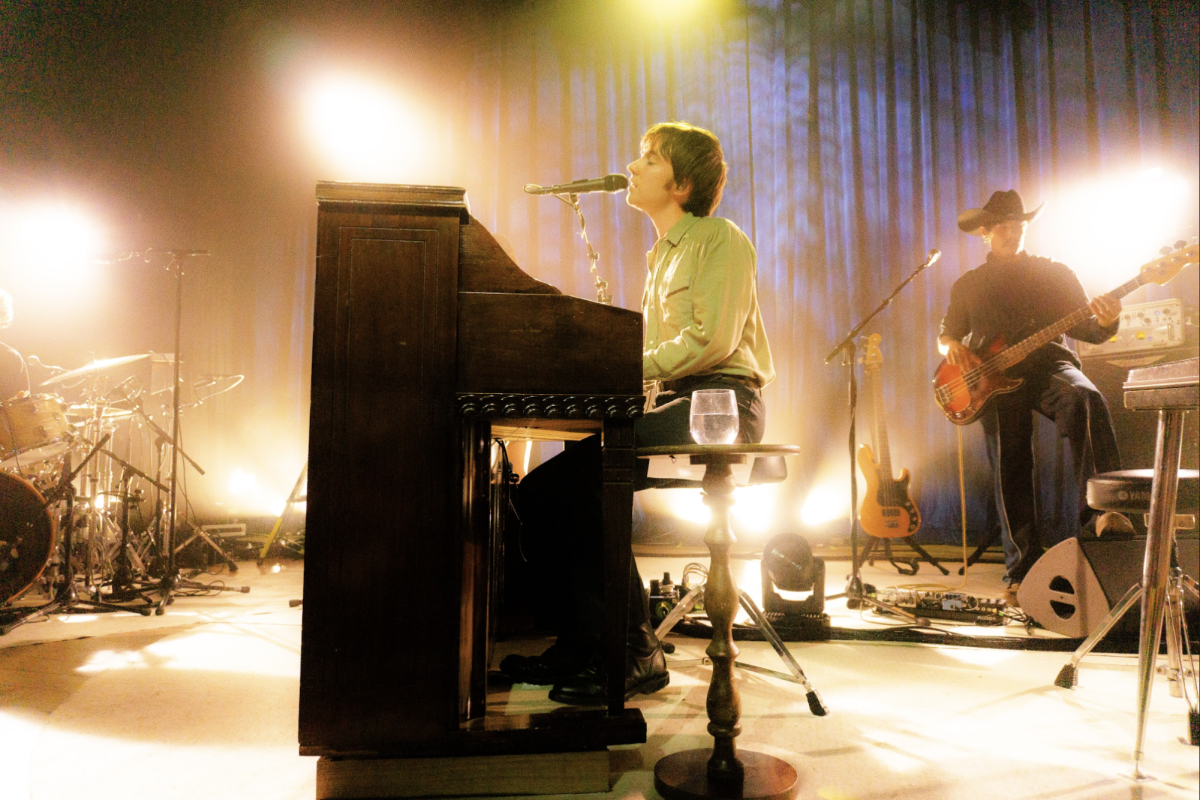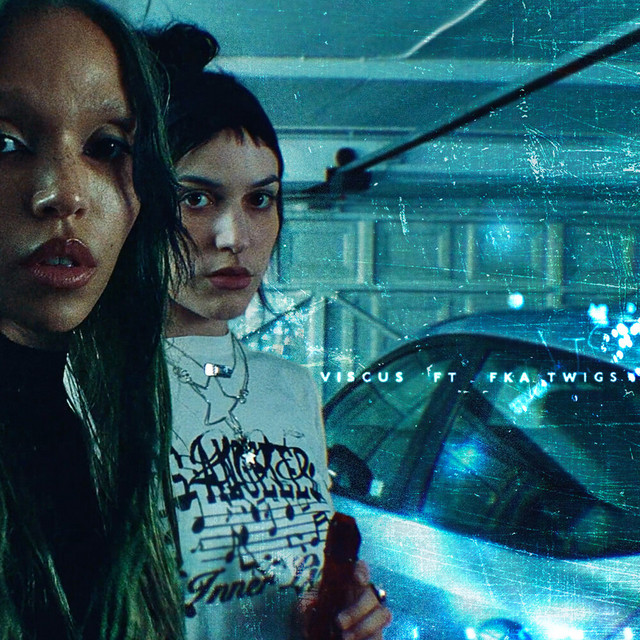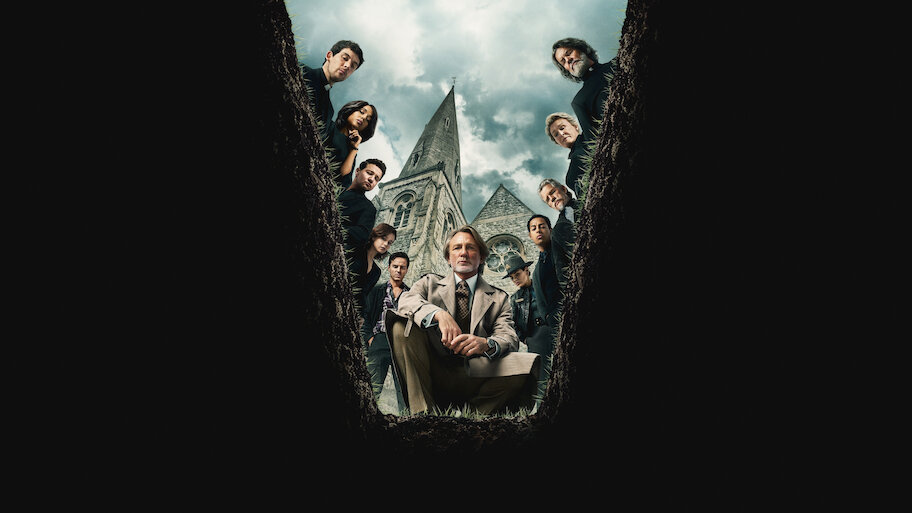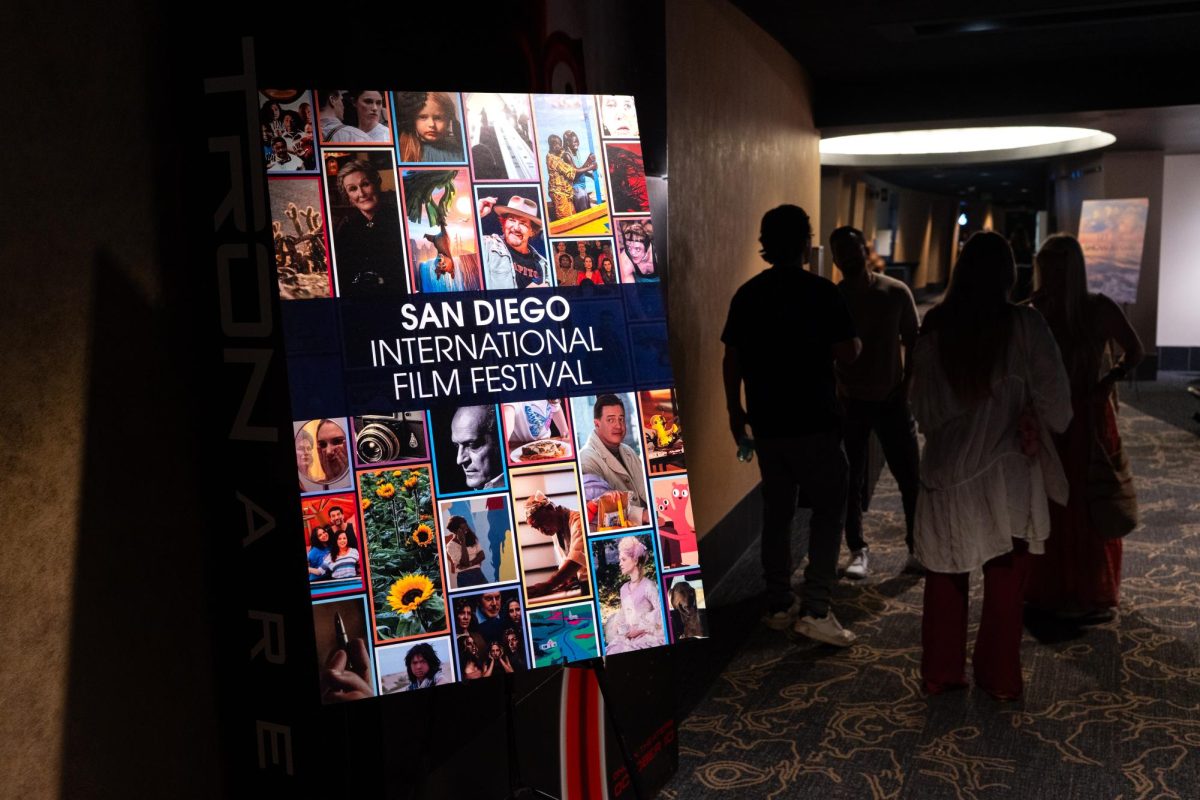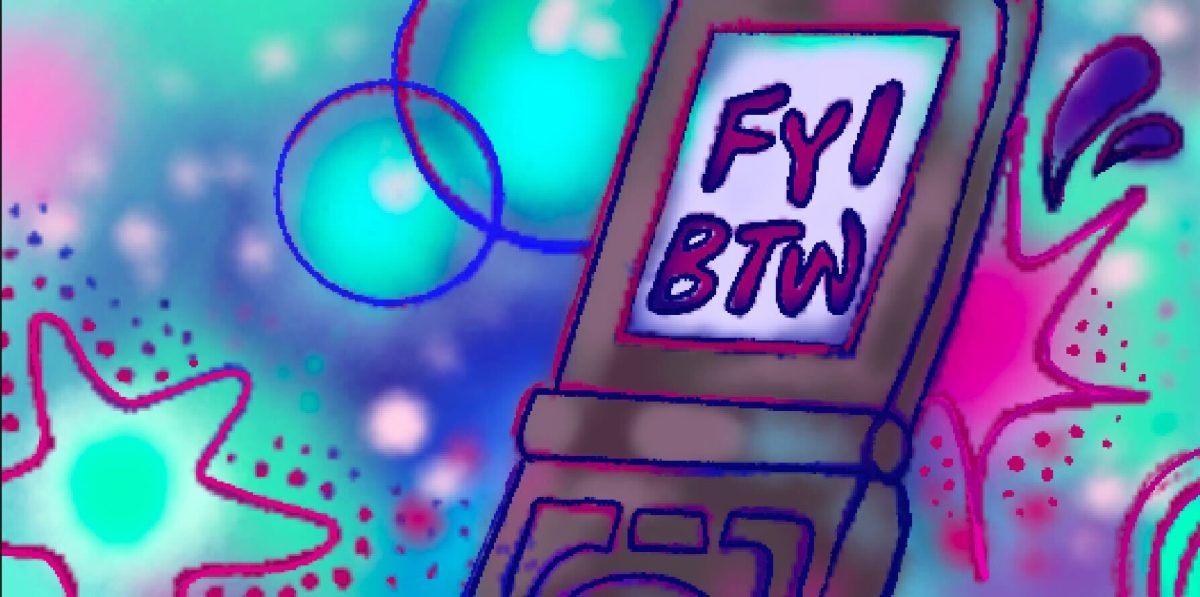As a veteran of Eleanor Roosevelt College’s Making of the Modern World writing sequence, I’ve heard plenty about the required writing programs at UC San Diego’s other residential colleges. Out of the six, Sixth College’s Culture, Art, and Technology program, with its emphasis on contemporary cultural analyses and the arts, sparked my interest. I sat down with two professors and talked to them about the CAT courses they teach, along with their thoughts on the other course sequences.
Featured below are two interviews: The first is with Phoebe Bronstein, the director of academic programs for CAT and an assistant teaching professor at UCSD. The second interview is with Michael Trigilio, a San Diego-based multimedia artist and associate teaching professor at the visual arts department.
Interview with Dr. Phoebe Bronstein:
Guardian: So what’s CAT?
Dr. Bronstein: CAT is the Culture, Art, and Technology program, and it’s the core sequence program. I primarily teach in the lower-division course sequence, which is what freshmen take when they come into Sixth College their first year. The class is really focused on the intersections between culture, art, and technology, which means you could take a class one term on the origins of civilization and the advent of technologies, and how we define early technology. Or you can take a class about Hollywood and the advent of cinema technology, and how that worked within American culture.
One of the cool things about CAT that really differentiates it from the other core programs on campus, and the writing programs in [John Muir College] and [Earl Warren College], is that the classes are wacky! We pull tenure-track faculty from all over campus to teach stuff they love, and then they gear their courses toward these themes, and obviously embed writing into [those curricula].
For me, the thing I like about this particular position and program is that it allows me to teach classes that I really love. And I think you really see that across the board; professors get to teach about stuff they’re really passionate about that they might not get to teach in their home departments. And I think it’s cool because it also gives a sense of a lot of different disciplines, because [students] might take a class with a classical anthropologist, and then a media studies professor, and then a literature professor, or an astrophysicist, so there’s this cool dipping into the disciplinary pool that is really central to CAT. We are very much about that kind of interdisciplinarity and having students thinking across these arbitrary boundaries that are set up across the university.
G: One of my friends mentioned being able to make graphic novels in one of their CAT courses. Do you have any cool projects that you have your students do?
B: Yeah! So one of the focuses, especially with CAT 3, is on artmaking, like thinking about artistic creation as research. Last year I had students in my CAT 3 class create short [public service announcement]documentaries about something they were passionate about on campus to promote awareness about whatever it was. We had students who did stuff on food waste, bike lanes on campus, and other stuff like that. This year, my class in CAT 3 did something on how the future is imagined onscreen, like the intersections between imagination,dystopia, technology, and race. And I’m still working on it, but [for] the final project, I’m going to have them pitch and film a trailer for a movie or television show they invent about the future. I’m still working on the details, but the idea is that when you do a project like that, it’s kind of applied learning. You take all this theoretical stuff we talked about, like how you read a film, or how you perform independent research, and you do it in a way that’s fun.
So when I did projects like this — not here, but in the past — I’ve had students do research on a [television] network so that they do beginning-level research on what differentiates ABC, NBC, and CBS. And so if I [make] a show about teenagers, I probably don’t want to be on those networks. I want to be on ABC Family or CW. And what are the differences between those networks? So [students] do research and pitch a show where they have to think about their audiences. And so you have to think about all these root skills that you’re being taught, but in a way that feels less rote. It gets you to be creative, and engaged, and fun.
I’ve taught a class on [teenagers] at Georgia [Institute of Technology], and [students] pitched teen television shows and trailers. I had a group of students who pitched a trailer about a guy who woke up from a coma and didn’t know where he was. The whole trailer was filmed on a GoPro, and at the end you see him in a mirror. They were really thoughtful about how to film this, and what it was like to film from his perspective, the reveal of him, and where we would see him — like on what surfaces were things reflected. And it was really cool! They edited it together and added music … What I see when people do projects like this is how much more effort gets put in, and how much more fun that is, and how much that information sticks in a way that’s different from when you’re writing a paper. I feel like creativity is very, very central to CAT. And a lot of the classes, at least in content, have different modes of creativity. There’s a class taught by a visual arts professor this quarter, there’s my class on television, and there’s a class on the formation of sacred space.
G: In other core writing programs at UCSD, like Humanities, Dimensions of Culture, or MMW, there’s more of an individual research focus, as in traditional college writing. Do you have any opinions on the separation of these different courses, and how CAT differs from them?
B: I think it’s very cool! It’s very different than anywhere else I’ve been, but I think it’s cool in that it allows you, as a student of ERC, or as a student of Sixth, to have a very specific experience in a larger institutional setting. Ideally, it’s sort of crafted to feed into this living, learning community right? So what happens in the classroom goes back into the dorms, and what happens in the dorms goes back into the classroom, and it’s blended. You don’t know that it always happens, but as a model of education that moves outside the scope of a classroom, I think that’s really rad. And I think having these smaller, more liberal arts colleges within a larger university provides a cool opportunity for that. But it’s different.
G: I think it would be really cool if aspects of CAT were brought into the other writing programs.
B: I think a great part of CAT is collaboration. Really, one of the skills that we’re wanting to teach is how you communicate with other humans, how you work together, the steps you have to take to do that effectively, and what it looks like when that fails. And how it feels like when it fails. I think arguably any writing class on this campus is teaching a particular set of skills that we all think will be useful down the road, right? Across college and after, [whether it’s] learning how to do research in a very traditional way — that’s really awesome. And getting to read those classics gives you a whole vocabulary that’s different from the CAT courses. That’s really rad.
Interview with Professor Michael Trigilio:
Guardian: Tell me a little about yourself and what you do in the CAT program.
Professor Trigilio: I’m a professor of visual arts here and my name is Michael Trigilio. I teach in the visual arts department and work in the media program, and much of my work intersects [among] digital cinema, video art, and sound design. I do a lot of commissions on music composition for dance or film and other projects, so I have work that spans digital media, music, film, and video. And so that ends up being what shows up in the classrooms as a result.
I’m teaching in my [visual] arts everything from fundamentals and introductory overviews to how cinema and contemporary art deal with cinematic convention. And in my more advanced classes I teach classes on sound design, science fiction, cyberpunk, and Afrofuturism. And so looking at the way art is, we work with media tools, we work with those themes and ideas of culture, and how we understand the other in science fiction, and how that is understood in America and on Earth. So that’s sort of my area of research and practice.
For Sixth College and the CAT program I teach a class on remix theory, on “remix” being a kind of catchall [term] to describe the cultural, artistic, and technological evolution of writers, artists, painters, musicians, and what have you, who have used different kinds of technologies to work on creative material borrowing from the past. When you listen to a song and it has been remixed, it will often feature another artist or DJ’s skills. And when you remix a popular song, we will hear them using the original, but making a change.
And so that idea is found throughout literature, throughout painting, throughout religion, wherein people are interested in subverting cultural norms. One really interesting way of subverting cultural norms is to look at what’s actually happening now, quote it, turn it on its head a little bit, or pivot something about it, and then putting it back into an audience. So we look at things like the early Latin Vulgate, which became the Bible. And the Bible in the Holy Roman Empire was then translated by King James. And the King James Bible was very different from the Vulgate, which was also very different from the Bible published via the Gutenberg press. And the Gutenberg press made [the Bible] available for people to read for the first time, which led to Protestantism and Martin Luther’s reform of the Catholic Church. And so you see all these ways in which the cultural signposts of religion are affected by technology, but also by remix!
You also have contemporary versions of biblical literature. There’s literally a remix Bible, or a Bible for youth, or a Bible for married couples or for people dealing with death and dying. And so we can take one culturally significant item like the Bible and look at the way technology has had such an impact on the way it’s understood, read, and consumed. Remix can help us understand the evolution of the Bible, not just as literature, but as something people have access to and can understand in different ways. There are software applications that allow you to see the Bible in English, but also [see] certain phrases in Hebrew or Greek, so you can see how it has changed over time. That remixability of scripture becomes a remixability that is cultural, technological, and based on this given take of past, present, and future. That’s an example of something that’s not a painting, or hip hop, but something that we’re kind of familiar with. Even if we’re not religious people, we know it exists and don’t necessarily think of it as a remix subject. That’s something I spend some time on.
Or we look at a lot of art from the ‘50s, ‘60s, and ‘70s, when pop art and artists who were interested in what we call “found objects” or “found art” incorporated that into their work. [This includes] artists like Andy Warhol, who were looking around at their natural landscape. And instead of seeing hillsides and farmland, they’re seeing grocery store shelves — soup cans, coke bottles. They’re painting the landscape, but the landscape is very different. It’s a commercial landscape. So that again has a cultural ramification! What does it mean to be painting the landscape of soup cans rather than painting the landscape of the beach?
Some of the [other] things we talk about in the classroom [are] copyright, fair use, the ways in which artists, writers, comedians, and musicians are always pushing up against and transforming our understanding of those legal terms, as well as the cultural implications. I think we live in a remix culture now, and if we don’t take that for granted, we can really identify, well, what makes something original? Is it being new, innovative, and creative? Or is it scarcity? We talk about both kinds of originality. The kind that’s innovation, and the kind that’s only one.
So if I make a painting and it sells for a million dollars, don’t destroy it. You can take a picture of it, sell posters of it — those are fine, you can burn those all you want, just don’t mess with the original Mona Lisa. That’s the original Mona Lisa. Well, is the Mona Lisa that original? It’s just a picture of a lady — but it’s the original! And so the way we define that suddenly affects the way we think about the remixing of that. If someone does a cartoon of the Mona Lisa with messy hair, or with a mustache, or a Mona Lisa who’s nude. All the various kinds of spoof and satire are remixing that really popular image. And so what are they remixing? What’s original about it, and where is the remix? Nostalgia is part of it, but we also see it in Saturday Night Live and Family Guy, where they’re quoting pop culture figures, and quoting “The Avengers” or “Lost.” We know these pop culture elements and we watch it. We take it for granted, we watch it, we laugh. But I think in college it can be interesting to unpack, “How did we get here? Why is it that that’s OK, and that I get the joke?”
There [are] a lot of things going on in our brains with how we understand that joke, why we laugh at that joke, and [why] we take it for granted because we are raised in this culture. And one of the great things about college is being able to have the time to think about, well, how did we get here? And has it always been this way? Is this new or is this old? Is this something that started a hundred years ago, or a thousand years ago, or did it start last week? And I think figuring that out is what students get to do in a very fun way.
Part of the CAT program also is writing. It’s a writing series, right? So CAT 1, CAT 2, CAT 3 is a way to write. Because you’re learning how to write in CAT 2, you’re basically learning how to take a stand and make an argument. [For example], I think this [work] is plagiarism and not remix, and I’m going to say why. And I’m going to base it on what I’ve read, what I learned in lecture or discussions, and my own observations. We’re not just born knowing how to make a persuasive argument, or how to take a stand, or being able to back up our argument with facts and evidence, including our own observations. And so our students are learning how to do that as writers, and the subject they’re obviously writing about is remix in my class, not cars. They’re writing about the difference between a Mona Lisa and a hundred Mona Lisa posters, and what’s more valuable. Could you sell the posters? What if you stole the Mona Lisa — what’s the market you could make? And learning to make a stand intellectually, ideologically, and arguing from a position of evidence is such an incredibly important skill, because as you’re going into your life, you’re not going to be writing a lot of research papers. In your career, you’ll be writing a lot of grant applications, and a lot of letters of response like, “Hey, I need you to tell me what we need to do for the next meeting,” or “Here’s what we need to do, based on what I know, what I’ve seen, on the data I’ve looked at, here’s what we need to do.” Being able to do that is something you need to be trained to do. Someone has to teach you that. So that’s what we’re doing in the course. There’s a subject component and the writing component, and they intersect.
G: How much do you know about the other writing programs at UCSD, and how do you think they compare to CAT?
T: I only know about the Warren program. I have a friend who teaches in the Warren program and he teaches writing, but I don’t know very much about how it’s structured, unfortunately. But I know that like the Sixth College program it emphasizes rhetoric and some of the same core principles of writing. I know the colleges have all coordinated in some way that I’m not aware of, but I know it exists, [because] I’ve been told, that there are some fundamentals of writing that they want students at every college to learn. And so the CAT approach is culture, art, and technology, but I don’t know what the Warren one is.
G: As an example, ERC has more of a traditional writing program, as does [Revelle], which has a humanities sequence that explores more classical works. I think the CAT program at Sixth College is almost unique in that it has a more modern bent, to which it explores the intersection between contemporary culture and history. I was interested in hearing your thoughts on the differences between these writing programs within a more collective institution. Would you be in favor of a more cohesive writing program, or keep it as is? What do you think?
T: I could see it both ways. I would say I would take a stand and make an argument like I tell my students, but I don’t have all the evidence.
I can see why having a more cohesive writing program makes sense and why students might want it, because they have friends in other colleges, and they could discuss what they’re learning and how they deal with certain things. I think that the problem with trying to address the curricular needs of an entire campus is that you can get something that’s sometimes a little watered down and doesn’t have the kind of rich texture that faculty tend to want to bring to a class. It ends up being kind of generic, right? So the benefit of having this more siloed version of a writing program is that they’re all different, they all have different approaches. But then each one of them is much more dense, it’s much more textural. There’s a lot more investment from the faculty. And the students are getting their money’s worth instead of a “We’re all just learning the same thing.”
Let’s say a student loves my class; I don’t want to suggest the other way [laughs]. I want to imagine they love it, right? But if I were teaching a writing class that had to cover all the bases, then I probably wouldn’t be covering what I’m covering, you know? It would be so broad as to be capturing where everyone is, as you don’t ever get to get into these really interesting pockets of discussion. But I think that the separation makes sense because it lends itself to depth. It lends itself to being able to dive deeper into a subject, and it also lends itself to more collegiality among the college students. So that all Sixth College students are kind of banded together, like “Oh, we all have to take Trigilio’s remix class,” and they all know it. And it isn’t thousands of students, it’s a few hundred students. And I think that difference is hard to see. It’s easier for me to see that, where I am, looking down at 10 years of being at UCSD, than for a student in their first year of college who’s trying to figure out how to be an adult and being away from home for the first time. All the things they’re dealing with in addition to studies: it’s harder to see that — you know what I mean?
And you know, I’m open about being wrong. But I think that the depth is something you don’t find at other schools that aren’t liberal arts schools, you know? Like a liberal arts school would provide that by nature of being a smaller campus. But this campus is too massive. University of Texas might have a program that’s comprehensive, but how generic is it? That would be my major worry. Is it a textbook that every student on campus owns? And how is that not like high school? That’s what I think.


